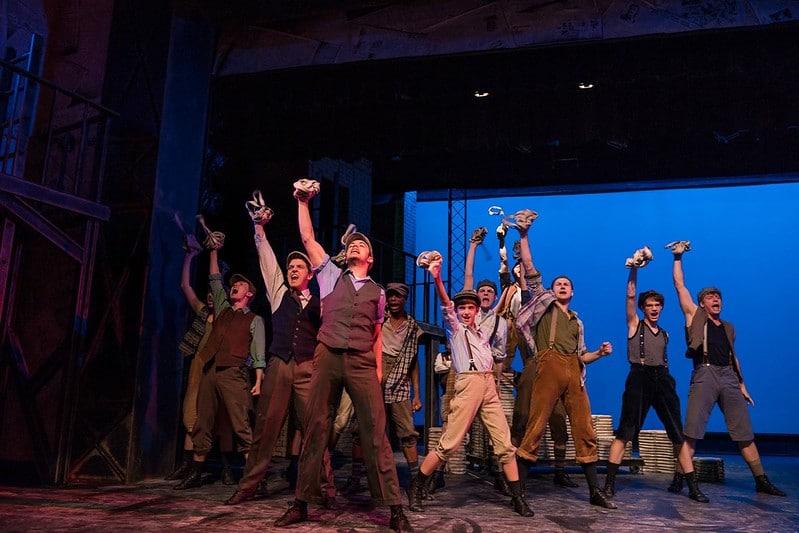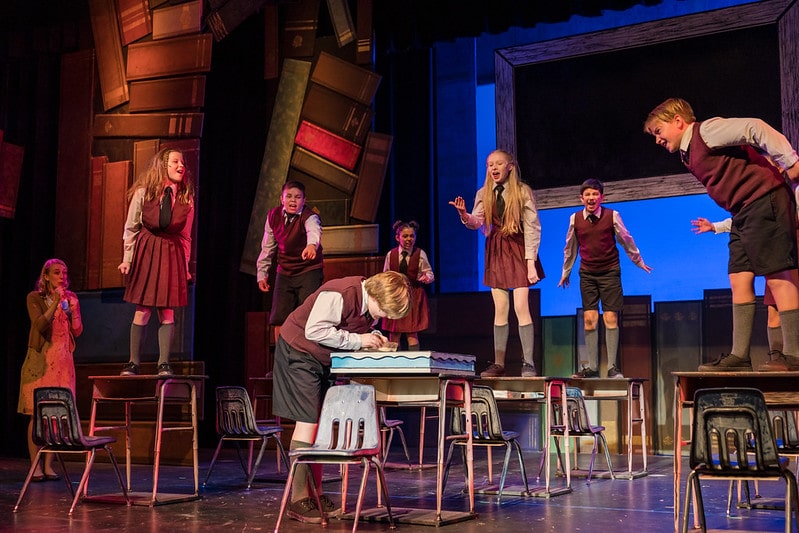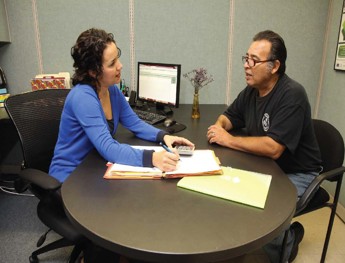During an ordinary trip to the theater to get the mail about eight months into a very not ordinary pandemic, my three-year-old begged to see the stage.

She missed it. Surveying that no other staff were present and exposure wasn’t a risk, we stepped quietly through the stage door to the wings, slowly navigating through the thick black velvet curtain legs of stage left until the dark lifted a bit just beyond.
We stood there, center stage for the first time in what seemed like a lifetime, the first few rows of seats just visible beyond the edge of the apron in the glow of the ghost light. My daughter began to dance and giggle with the unabashed joy that only children seem to understand. I was suddenly struck by a rather tragic thought.
What if she doesn’t get to grow up in this theater? What if she doesn’t get to grow up in any theater? What if there is no theater?

While the post-apocalyptic mental images that followed these thoughts may have been a bit overly dramatic, they ultimately weren’t far off from reality for another eight months. An entire industry was crippled indefinitely in mere days.
Theaters across the globe went dark – save that ghost light – for more than a year. Some will never open again. The eerie quiet inside hollow theaters has been suffocating for millions of artists of all genres and disciplines around the world – San Antonio being no exception.
The stories the walls of these shuttered arts organizations could tell would likely shock anyone not paying attention. You see, the arts aren’t just entertainment. They’re not just date night (though those were greatly missed as well). The arts teach empathy. The arts offer an outlet through creative expression. The arts amplify stories that compel change – in our hearts and our world.
The arts create community. On an economic level, the arts generate billions of dollars and provide millions of jobs, even though most are nonprofit organizations barely keeping that bottom line level. And the arts in San Antonio create a glorious layer in the unique cultural fabric of our city. Some may feel that this mourning is frivolous in the midst of a pandemic, but I dare you to imagine a world trying to heal without the arts.
“There’s just nothing like that sense of community in the space of a theater. Some of us tried to find it in TV and film, but there’s nothing like it,” says Claudia de Vasco, The Public Theater’s new Executive Artistic Director, who arrived just in time to experience the theater’s reopening.
Jeff Morden, Chief Development Officer who has led The Public through the pandemic as Interim Executive Director, shared the sentiment: “The theater is such a unique space that fosters collective and individual growth, knowledge, and reflection through storytelling. It brings friends and strangers alike together in a safe space that contributes to a shared experience for the potential betterment of a community and society.”

The San Antonio arts community has fought tirelessly in a variety of ingenious ways since March 2020 to keep the arts alive for its patrons and its city. Collaboration has become more important than ever because we are, indeed, stronger together, better together.
The difference that the Celebration Gala made in the ability for its participants to rebuild what was lost in the last year is immense. The difference that increased stability will make in each organization’s ability to serve its mission and its city is immeasurable.
The San Antonio Area Foundation is a strong believer and supporter of the arts community in San Antonio. In fact, one of the organization’s four main grantmaking impact areas is Cultural Vibrancy. The Area Foundation proudly contributed $50,000 to the Celebration Gala and currently maintains a Recovery Fund for the Arts to support nonprofits still feeling the impact of the pandemic. Donors interested in contributing to the fund can go here.
Laura Michelle Hoadley is the Chief Operating Officer of The Public Theater of San Antonio, where she has served in various capacities for more than 10 years.

